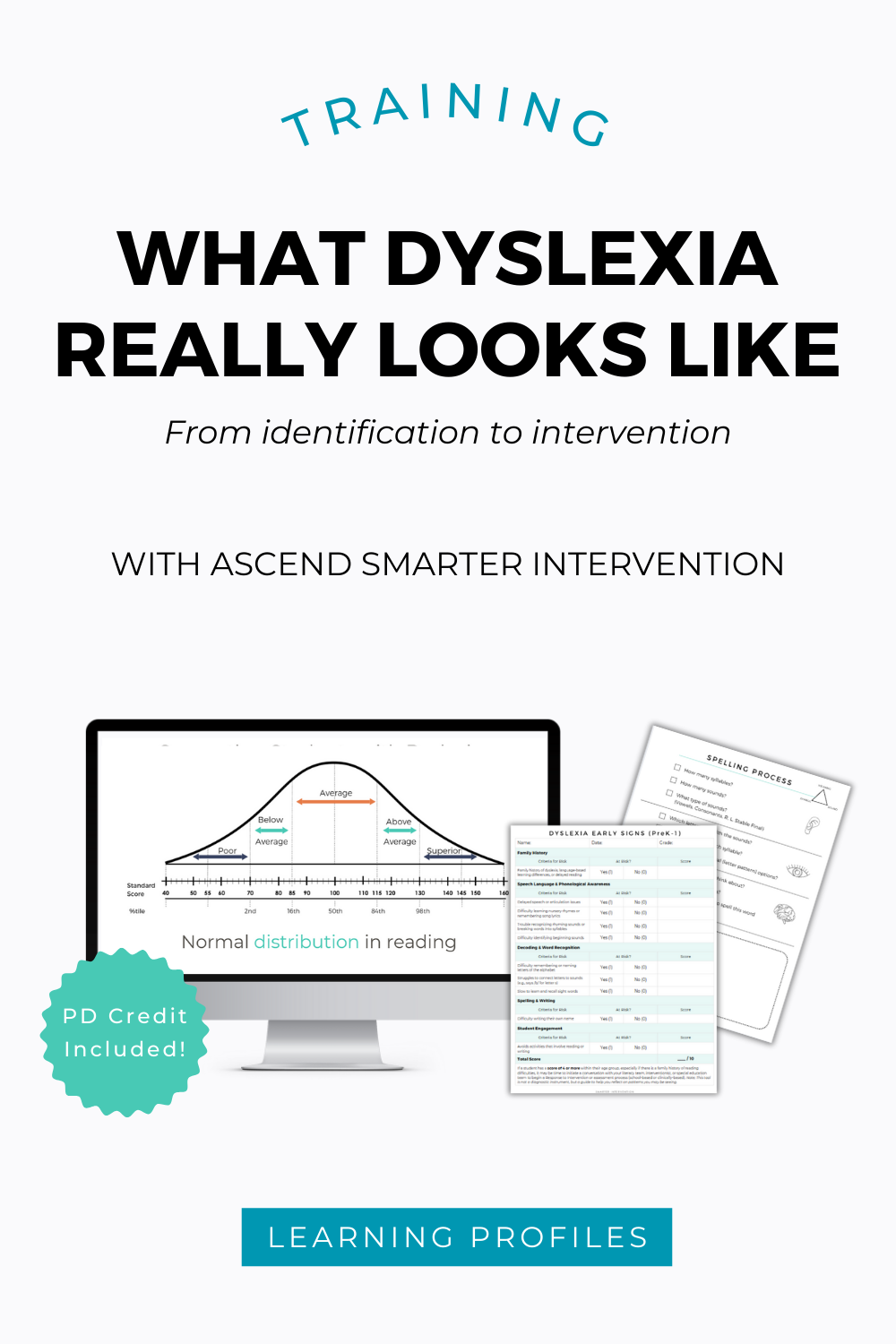5 Clues to Dyslexia (that are easy to miss)
Dyslexia doesn’t look the same for every child, and it can shift as students get older. Some signs are easy to miss, while others may be mistaken for lack of effort. But when we know what to look for, we can begin to connect the dots and provide support earlier.
Here are the five most important clues that a student may be at risk for dyslexia.
1 - Family History
The single strongest predictor of dyslexia is family history. If a parent, sibling, or close relative has struggled with reading, spelling, or language, the likelihood of dyslexia is higher. Even before formal reading instruction begins, family history should be taken seriously as an early risk factor.
2 - Difficulty with Speech, Language, or Phonological Awareness
Dyslexia is rooted in the way the brain processes language. For young children, this often shows up as:
Delayed speech or articulation difficulties
Trouble with rhyming, nursery rhymes, or remembering song lyrics
Difficulty breaking words into syllables or identifying beginning sounds
As students get older, these difficulties may shift into:
Trouble learning sequences (months of the year, math facts, directions)
Difficulty learning new vocabulary, especially in foreign languages
Stronger listening vocabulary than reading vocabulary
3 - Difficulty with Decoding and Reading Fluency
Struggles with word-level reading are one of the hallmarks of dyslexia. Depending on grade level, this may include:
Difficulty connecting letters to sounds
Slow to learn and recall sight words
Reading slowly, inaccurately, or guessing words based on the first letter
Ongoing difficulty reading unfamiliar or nonsense words, even in middle and high school
Needing to re-read passages multiple times to understand meaning
4 - Difficulty with Spelling and Writing
Written output is another key area where dyslexia shows up. Look for signs such as:
Difficulty writing their own name in early year
Poor spelling, even with high-frequency or irregular words
Inconsistent mechanics and grammar in writing
Written work that is noticeably weaker or shorter than spoken expression
5 - Signs in Student Engagement
Perhaps the most easily overlooked signs are behavioral. Students with dyslexia may:
Avoid reading or writing activities
Show anxiety or frustration about reading aloud
Take much longer than peers on reading-intensive assignments
Internalize struggles as “not trying hard enough”
These behaviors are often protective, students are working hard to cope with tasks that feel much harder than they should.
Want a printable reference?
We’ve created a free checklist that highlights the most common signs of dyslexia across ages and settings, including what to look for in conversation, reading tasks, and writing.
👉 Download the Dyslexia Symptoms Checklist here!
Want to Go Deeper?
Check out our On-Demand Professional Development Training:
“What Dyslexia Really Looks Like: From Identification to Intervention”
In this training, we walk through:
How dyslexia presents differently across ages and grade levels
Why some students “fly under the radar” until academic demands increase
Practical ways to identify patterns early and connect students with the right support (from accommodations to instruction
How to manage conversations around dyslexia
You don’t want to miss this one!


